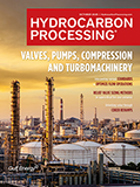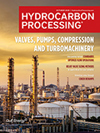May 2025
Petrochemical Technologies
Overview on low-density polyethylene manufacturing technologies
This article provides an overview of low-density polyethylene manufacturing technologies.
This is a preview of our premium content. Thank you for your interest—please log in or subscribe to read the full article.
The Authors
Related Articles
- Innovations
- Advance GHG performance management: The use of SME-configurable smart assets with molecular-level GHG determination for refining, petrochemicals and upstream operations
- LyondellBasell optimizes refinery middle distillates production across multiple units with dynamic optimization application








Comments